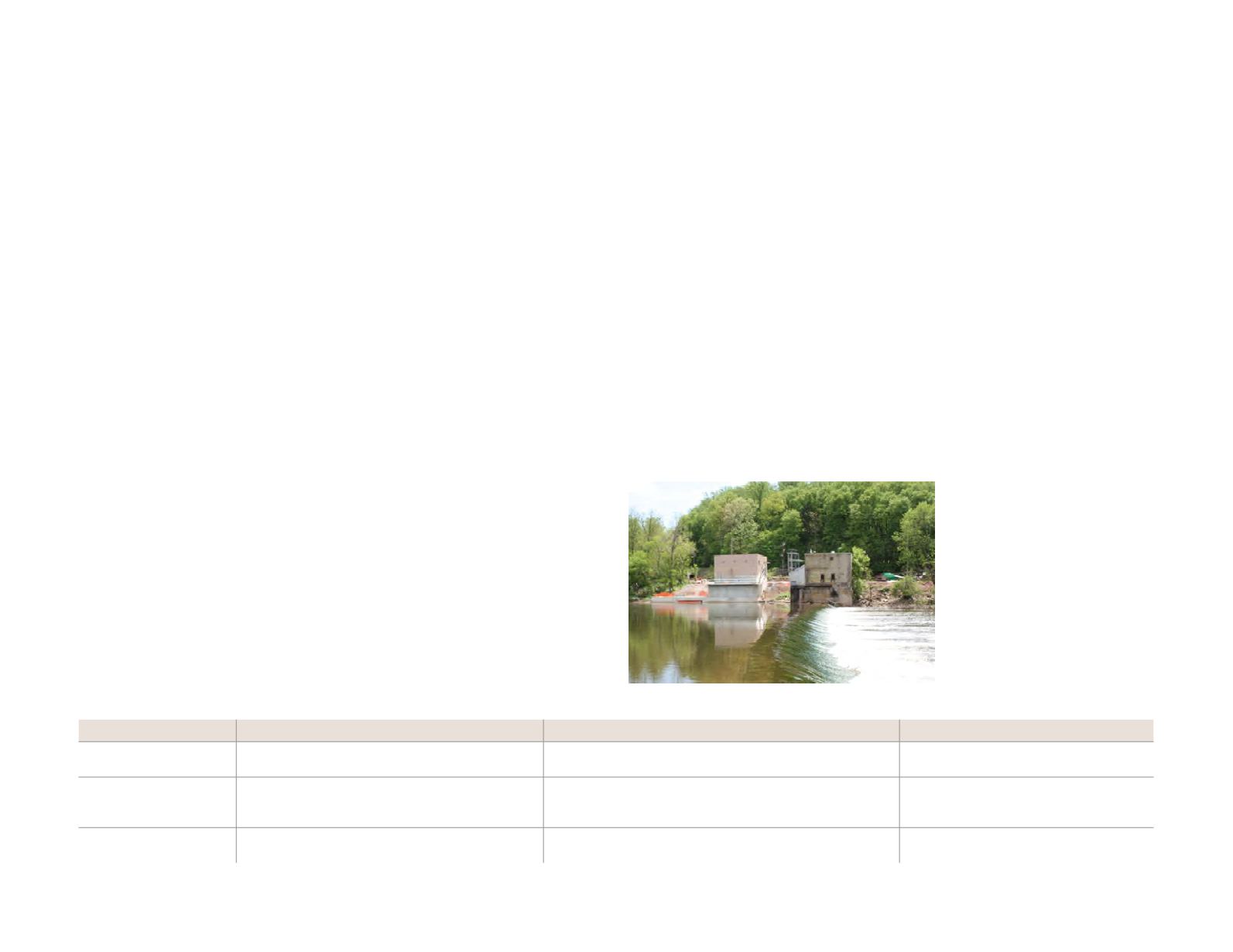
montgomery county today
147
sewage facilities planning program and provide standards for sewage disposal
systems.
There are a number of groups that exercise separate, but closely interrelated, roles
concerning wastewater management within Montgomery County. Municipal sewer
authorities and local sewer departments are mainly responsible for the daily
operation and maintenance of the public sewage treatment plants and conveyance
facilities.
Under Act 537, municipal governing bodies are charged with developing official
sewage facilities plans, adopting the plans, and implementing the
recommendations of the plans. A number of regulatory agencies also play a role in
the overall sewage facilities treatment process:
•
DEP and the Delaware River Basin Commission (DRBC) each exercise
oversight responsibilities and set water quality objectives.
•
The Montgomery County Planning Commission fills an advisory role in
reviewing revisions and amendments to municipal official sewage facilities
plans and planning module applications for individual developments.
•
The Montgomery County Health Department oversees the bulk of the on-lot
sewage system program, including conducting site evaluations, issuing
permits, and conducting inspections. They also review municipal official Act
537 plans and planning module submissions for on-lot sewage systems.
Description of Existing Sewage Facilities
There are currently 43 municipally owned and operated treatment plants
within Montgomery County. Portions of eastern Montgomery County
continue to be served by Philadelphia’s sewage treatment system. The county
Sewage Treatment Facilities 2005 Status Report
provides a map and details of
these facilities.
There are approximately 35 nonmunicipal, nonindustrial waste treatment plants
operating in the county. These plants accommodate a wide variety of uses
including apartment complexes, military installations, hospitals, nursing homes,
mobile home parks, campsites, commercial establishments, schools, residential
subdivisions, and a correctional institution. Also, many industrial properties in the
county have specialized sewage treatment facilities. The County’s rural areas rely
on on-lot wastewater systems. On-lot systems are sewage systems on the property
of the homeowner that treat and dispose of domestic waste through natural
processes. On-lot systems are commonly used in rural and semi-rural areas with
low density development and limited access to public sewage systems.
Sewage Facilities Choices
Sewage facilities options have expanded beyond the conventional septic system
and municipal sewage treatment facility. Assisted by new treatment technology,
development is occurring in areas previously inaccessible to sewage facilities. On-
lot and community systems are being proposed where there are no public sewers
or excess capacity is unavailable. Municipalities are confronted with proposals
involving sewage facilities alternatives considered to be experimental a few years
ago. Review of these proposals requires consideration of such varied issues as the
ability of the system to meet regulatory requirements, municipal land use policy,
and socioeconomic and environmental costs. Effluent discharge methods are also
changing.
SYSTEM
COLLECTION
TREATMENT
DISPOSAL
On-lot Disposal Systems
Collection lines minimal; a lateral and possibly some type of pump.
Septic or aerobic tank, sand filter or rotating media; drip irrigation; single unit
package treatment plants are available.
Absorption field or a sand mound; spray, or stream
discharge.
Community Systems
Collection line or force main, small diameter sewers, vacuum sewers,
pressure sewers or individual septic tanks with effluent collection.
May need lift stations and grinder pumps.
Septic or aerobic tank, sand filter or rotating media; lagoons, centralized
community plant.
Absorption field or a sand mound; spray, or stream
discharge.
Public or Centralized Systems
Collection line or force main, pressure or vacuum sewers, small
diameter pipe.
Sewage treatment plant.
Stream discharge or spray irrigation.
FIGURE 112:
Sewage System Components
A sewage pump station on the Mill Grove
side of the Perkiomen Creek.


